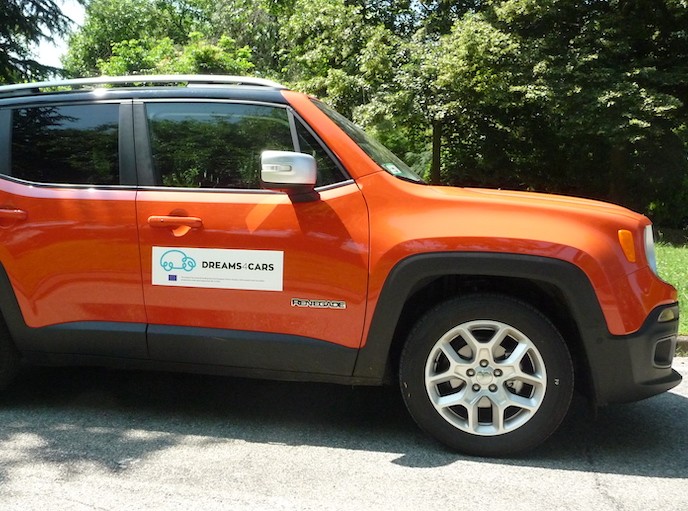Cars driven on dreams
Humans typically learn by doing or by mental simulation. While the former happens via trial-and-error, the latter involves creating models of environments and objects and then making mental simulations of what might happen. Applied to driving, this means we can understand that doing, or not doing, something could lead to a serious accident. But as it is a simulation, there is no tragic outcome. Although autonomous vehicles excel in many areas, they lack this ability to learn by mental simulation. This means changing an unsafe behaviour requires human intervention and lots of testing. But what if cars could have the cognitive ability to use the experience gained while driving to predict potential threats and automatically evolve their behavioural-control strategies? This is the question posed by the EU-funded Dreams4Cars(opens in new window) project. “Autonomous vehicles must be able to drive billions of miles without a fatal accident before human lives can be placed into the technology’s hands,” says Mauro Da Lio, a professor of mechanical systems at the University of Trento(opens in new window) and Dreams4Cars project coordinator. “Currently, no autonomous vehicle has reached these billions of road miles, but that could change thanks to the new breakthrough cognition and control technology that will allow our cars to dream.”
Learning by dreaming
To become road-ready, autonomous vehicles must be able to effectively react to situations that may only happen once every billion miles. Knowing this, the Dreams4Cars project focused its efforts on developing a driving agent capable of learning from mental simulations, or what the project refers to as ‘dreams’. “Dreams4Cars researched simulation mechanisms, or ‘sleep states’ comparable to the mental imagery of human dreams, which allow the driving agents to recombine the salient situations found in real driving, or the so-called ‘wake state’,” explains Da Lio. “Imaginary situations are produced that in turn can be used to train the agents, thus optimising the existing sensorimotor strategies and discovering new ones.” To build this mechanism, the project began by developing an artificial driver agent with an extendable perception-action system. Researchers then used neural network frameworks to systematically, and hierarchically, direct forward emulators. Forward emulators are neural networks capable of making various forms of prediction. They can be used to produce an emulated world. Next, the team developed methods to efficiently invert the predictive models via mental simulations, synthesising inverse models for behaviour and control. As a result, the agent can safely develop actions without needing potentially dangerous real-world interaction.
A big step forward
The Dreams4Cars project did more than just develop the technology, it also demonstrated its effectiveness. After successfully evolving one driving agent with cycles of activity and simulation on a research-grade vehicle, researchers used the same agent in a real production vehicle developed by consortium partner Centro Ricerche Fiat(opens in new window) (CRF) (see image). This test showed an increase in the level of cognition compared to the baseline of a state-of-the-art human-engineered system. “The Dreams4Cars project has succeeded in creating simple and compact software capable of autonomously driving a car using emergent, robust behaviours,” says Da Lio. “This represents a major step forward toward achieving a truly autonomous vehicle and improving road safety.”







